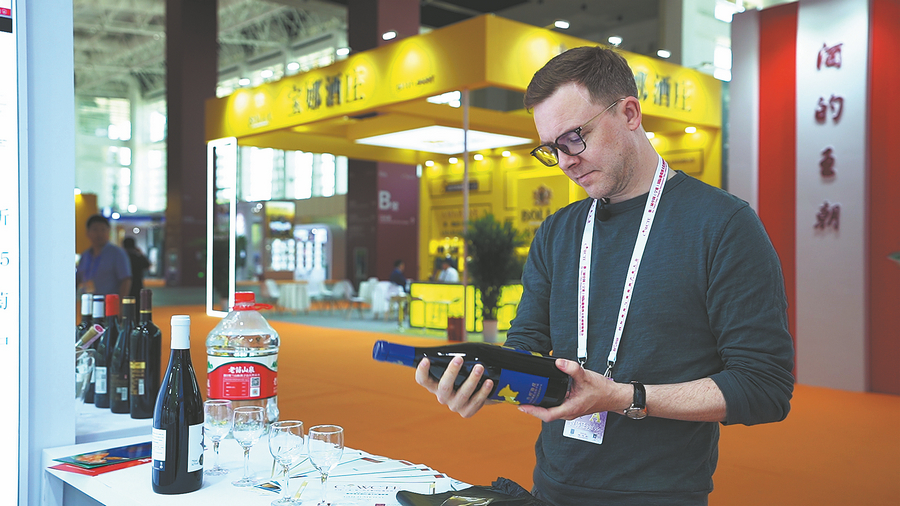

Vintners win international awards, gain at home, export to 40 countries, Owen Fishwick reports in Yinchuan.
There's something about the soil in the eastern foothills of the Helan Mountains in the Ningxia Hui autonomous region. The fine silt is so dry that it retains the blazing heat that beats down on it for 3,000 hours each year. Its qualities have led the autonomous region to begin to eke out name for itself in the world of wine.
"The wine industry here is growing each year, and more and more people from outside China are coming to visit this region to find out about it," says Henry Ho, president of the Hong Kong Wine and Spirits Association. He was one of dozens of wine industry experts attending the third China (Ningxia) International Wine Culture and Tourism Expo held in early June.
June is the perfect time of year for Ningxia's over 200 winemakers to introduce and sell their latest vintages to both domestic and overseas markets before the busy harvest season begins, running from August to October.
The wine industry in Ningxia, born in the 1980s with the opening of the government-owned Xixia King winery, trod a slow development path. The central government granted the region its own geographical indication designation in 2003. Such indications are given to products with a specific location origin and qualities that are linked to that origin.
Since then, the Ningxia wine industry has risen to become China's eighth most valuable geographic indication brand, valued at 32 billion yuan ($4.48 billion), producing 138 million bottles annually, exporting to more than 40 countries worldwide and winning numerous international awards and accolades, such as at the Decanter World Wine Awards and Concours Mondial de Bruxelles.
One such winner of Decanter plaudits is Fei Tswei, which won a silver in 2020 for its vintage using a rich blend of cabernet sauvignon and marselan grapes, described as having a "black treacle nose", "aromas of dense rich black fruits" and being "peppery on the palate" with "assertive tannins".